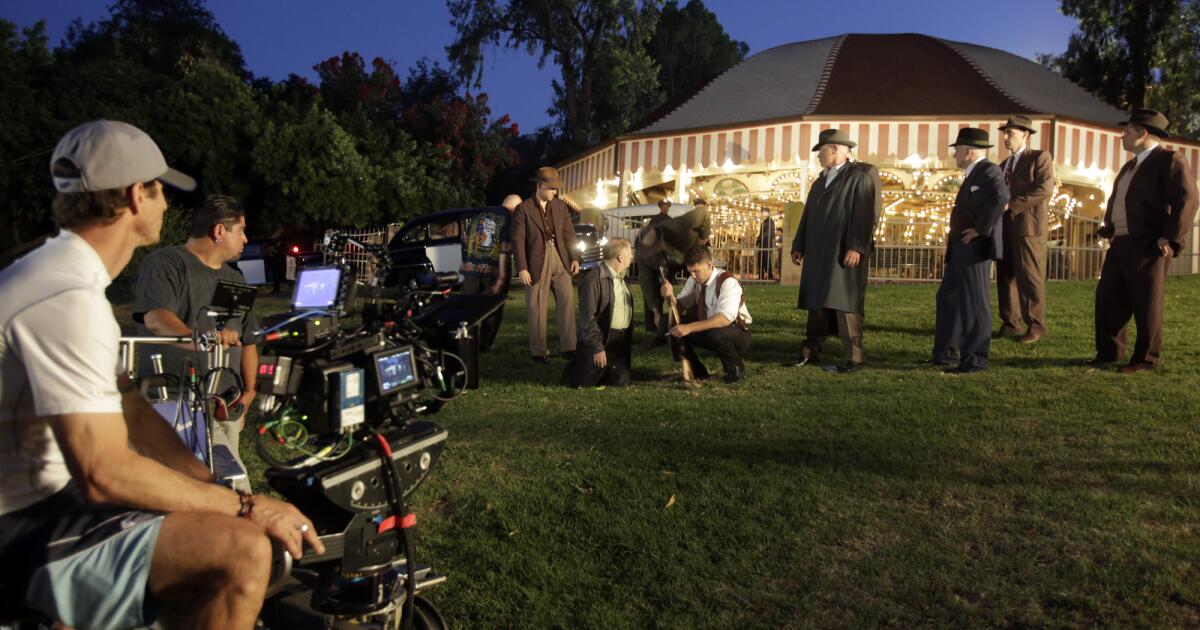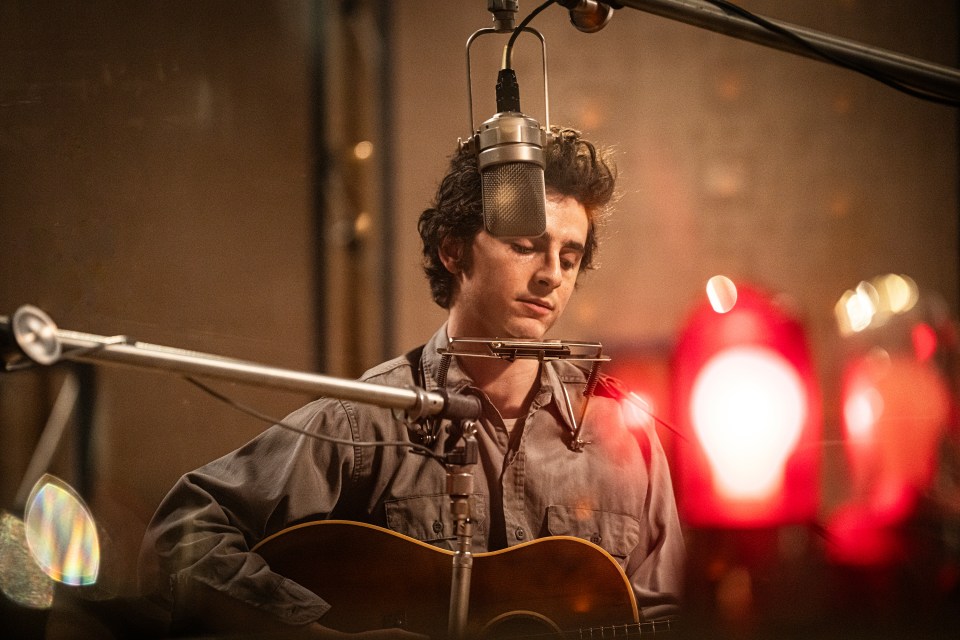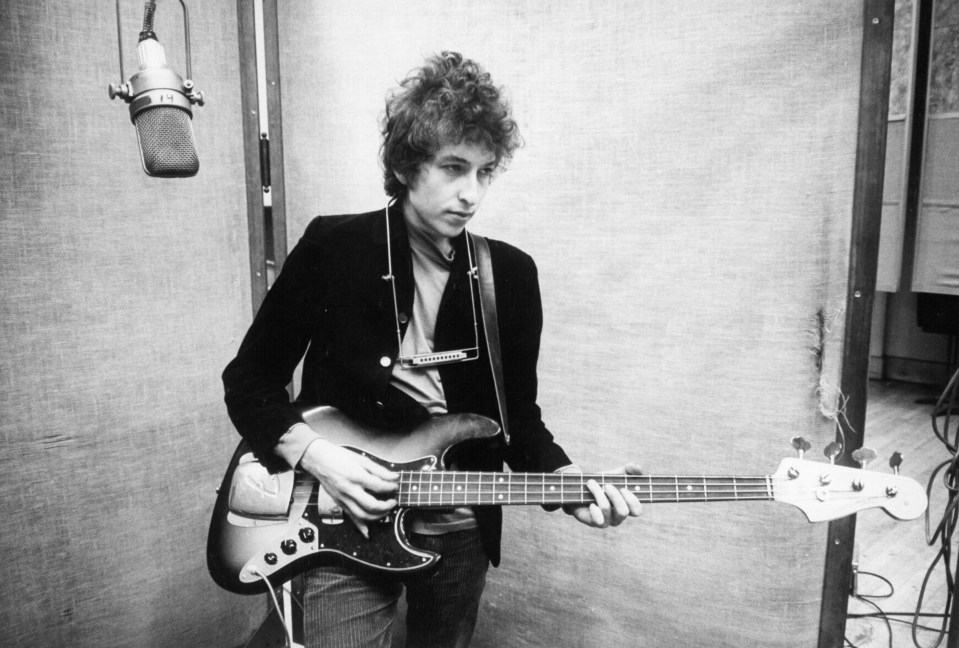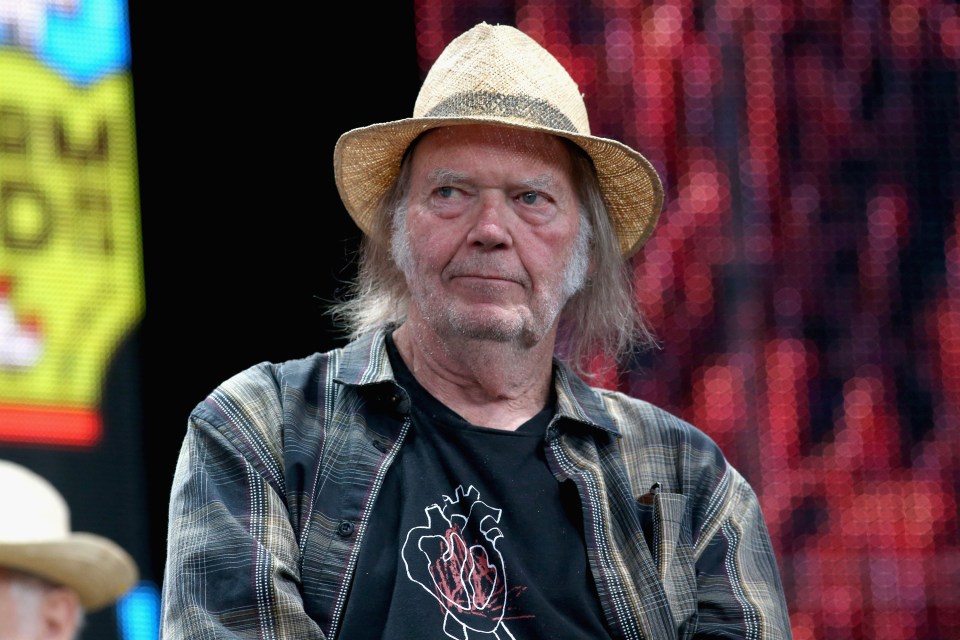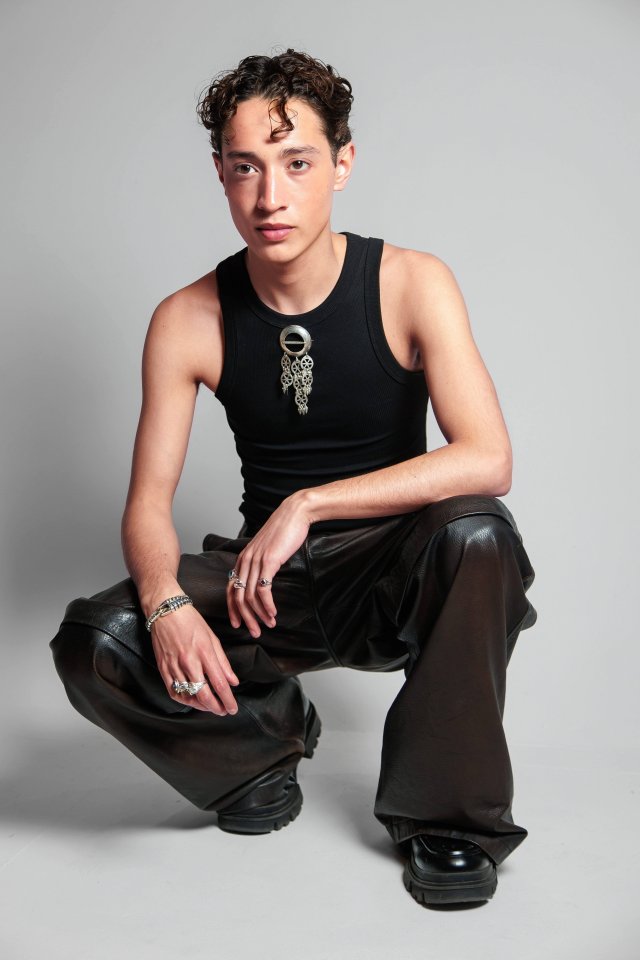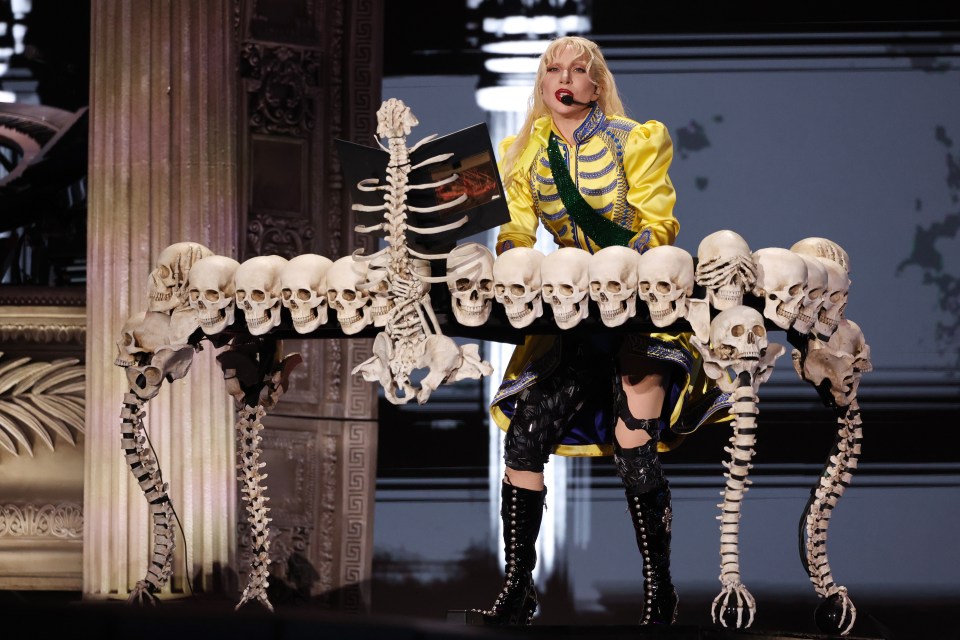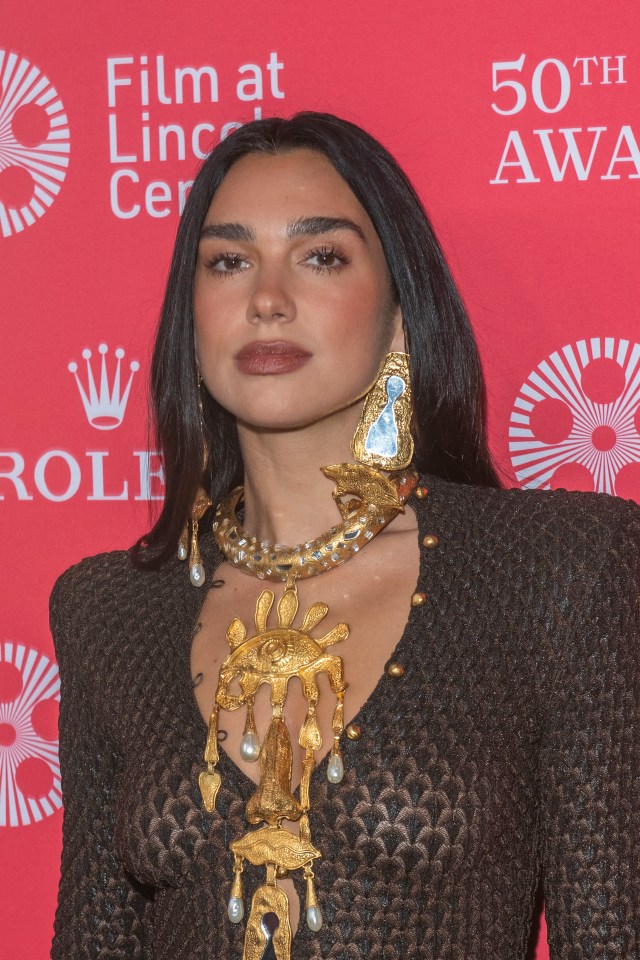Newsom wants a federal tax credit to save Hollywood. Why that’s a long shot
Shortly after President Trump stunned Hollywood with his call for tariffs on films produced overseas, California Gov. Gavin Newsom waded into the debate with an unexpected offer.
Despite the public enmity between the two, Newsom reached out to the White House in hopes of working together on the creation of a $7.5-billion federal tax incentive to keep more productions in the U.S.
Hollywood insiders have wanted a federal tax incentive program all along. Some publicly cheered Newsom’s Monday proposal.
Many lawmakers, including Sen. Adam Schiff (D-Burbank) and Rep. Laura Friedman (D-Glendale), have advocated for a national program to try to put the U.S. on a more equal footing with foreign countries that offer generous incentives.
But such an initiative faces significant obstacles.
It will be a difficult sell to the average American taxpayer, who may not be eager to support an industry viewed as wealthy and politically liberal. It’s unclear where funding for the U.S. entertainment industry ranks on a list of ever-growing national priorities.
“I would give it 50/50 at best,” Sanjay Sharma, who teaches media and entertainment finance at USC’s Marshall School of Business, said of the incentive’s odds.
Recently, a coalition of Hollywood unions and industry trade groups — including the Motion Picture Assn. and guilds representing screenwriters, directors and actors — backed the idea of a domestic production incentive. They said the proposal would advance the administration’s goal of reshoring American jobs and providing economic growth around the country.
“As Congress undertakes 2025 tax legislation, we urge lawmakers to include a production incentive to support film and television production made by workers in America,” the coalition said in a statement.
But with so many competing priorities facing the country, including infrastructure, homelessness and the opioid crisis, lawmakers could face an uphill battle in justifying a vote to effectively subsidize the entertainment industry.
“The political optics on it are going to be very, very difficult,” said George Huang, a professor of screenwriting at the UCLA School of Theater, Film and Television. “To most people, [the entertainment industry] seems like a frivolous thing.”
Even if a federal film tax incentive were to pass, it’s not a guarantee that filming would automatically flow back to the U.S., particularly if other countries chose to increase their own tax credit programs in response, he said.
But such a proposal would provide much-needed support for the entertainment industry, which has been battered in recent years by the effects of the pandemic, the dual writers’ and actors’ strikes in 2023 and cutbacks in spending by the studios.
The situation has created what leaders call an employment crisis in the film and TV business, particularly in California.
“Right now the industry is teetering,” Huang said. “This would go a long way in helping right the ship and putting us back on course to being the capital of the entertainment world.”
A federal tax incentive was part of a proposal from actor Jon Voight, one of Trump’s so-called Hollywood ambassadors, and his manager, Steven Paul, who traveled to Mar-a-Lago last weekend to present Trump with a plan on bringing filming jobs back to the U.S.
That proposal included a 10% to 20% federal tax credit that could be added on top of individual state incentives, according to a document published by Deadline.
MPA Chief Executive Charles H. Rivkin also met with Voight last week, according to a source familiar with the matter who was not authorized to comment.
After the Deadline story published, Paul cautioned that the document was not meant as a full-on policy proposal.
“The document does not claim to represent collective views of the participating film and television organizations, but serves as a compilation of ideas explored in our discussions on how to strengthen our position as creative leaders,” Paul wrote.
In the meantime, the MPA and others have also lobbied Congress to extend and strengthen Section 181 of the federal tax code to encourage more films to stay in the U.S.
Such a move could boost smaller, independent productions as well as studio films. The section addressing film production was enacted in 2004 amid a recognition that more films were moving to Canada and Europe, and the U.S. needed to remain competitive.
Section 181 allows up to $15 million of qualified film and TV production expenses to be deductible during the year in which they were incurred — or up to $20 million if the project was produced in a low-income area, according to the MPA. Productions can qualify if three-quarters of their labor costs were in the U.S.
The measure allows filmmakers to take the deduction when the cost is incurred, rather than after the film is released. That’s important to independent filmmakers who often work on shoestring budgets and can’t wait for years to see the benefit.
“If there is a bright side, maybe some of the U.S.-based companies will start taking a look at their domestic production levels,” said Frank Albarella Jr., a partner at KPMG in its media and telecommunications unit. “Maybe there will be some more federal and state incentives right here in the U.S. That’s what people are hoping for.”
Times staff writer Stacy Perman contributed to this report.
